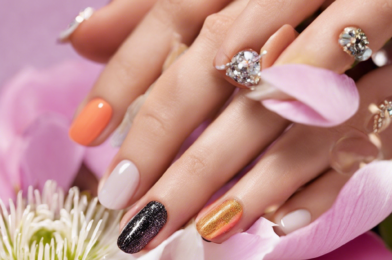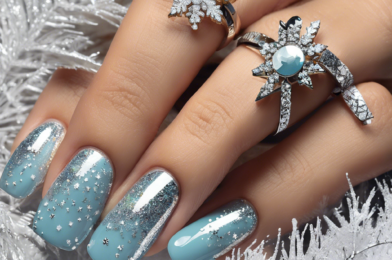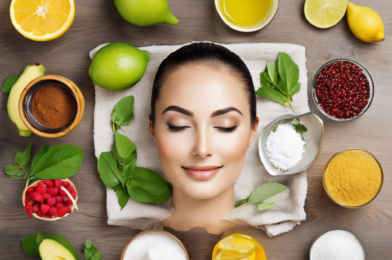Maintaining healthy nails between manicures is essential for keeping them strong, smooth, and beautiful. Regular nail care helps prevent common issues like breakage, dryness, and discoloration. By adopting a few simple habits, you can ensure your nails stay in top shape and look their best without constant salon visits.
Hydration is key to healthy nails. Just like your skin, your nails need moisture to stay flexible and resistant to splitting. Apply cuticle oil daily and use a rich hand cream to keep your nails and surrounding skin soft and nourished. Hydrated nails are less prone to cracking and peeling.
Keeping your nails trimmed and shaped regularly helps prevent snags and breaks. Use a gentle nail file to smooth the edges and avoid sharp corners that can lead to splitting. Rounded or oval shapes are less likely to catch on clothing and reduce the risk of breakage.
Avoid using your nails as tools to open packages or scratch surfaces. This can cause them to weaken, crack, or even break. Instead, opt for proper tools like scissors or a letter opener to protect your nails from unnecessary stress and damage.
Wearing gloves while doing household chores can prevent nail damage from exposure to water and harsh chemicals. Excessive moisture and cleaning agents can weaken nails, making them more prone to peeling and brittleness. Choose gloves lined with cotton for added comfort.
A balanced diet plays a significant role in nail health. Incorporate foods rich in biotin, vitamin E, and omega-3 fatty acids to support nail strength and growth. Leafy greens, nuts, eggs, and fish are excellent choices to nourish your nails from within.
Give your nails a break from polish occasionally to allow them to breathe and recover. Constant application of polish and acetone-based removers can weaken nails over time. Letting your nails go natural for a few days helps them regain strength and flexibility.
Using a gentle, non-acetone nail polish remover helps prevent excessive drying and damage. Acetone can strip the nails of essential oils, leaving them brittle and prone to breakage. Opt for moisturizing formulas with added vitamins for healthier nails.
Massaging your cuticles regularly improves blood circulation and promotes nail growth. Use a nourishing oil or a cuticle cream and gently massage it into your nail beds to enhance hydration and stimulate healthy nail production.
Be mindful of your nail products and choose non-toxic formulas whenever possible. Look for polishes that are free from harmful chemicals like formaldehyde, toluene, and DBP, which can weaken and dry out nails over time.
Buffing your nails occasionally can help maintain their natural shine and smooth out ridges. However, avoid over-buffing, as it can thin the nail plate and make your nails more fragile. A gentle buff once a month is enough to keep them looking polished.
Staying hydrated by drinking plenty of water is crucial for overall nail health. Dehydration can make nails brittle and weak, so ensure you’re consuming enough fluids daily to maintain their strength and flexibility.
Incorporating nail-strengthening treatments into your routine can provide extra support. Products containing keratin, calcium, and other fortifying ingredients help to reinforce the nail structure and prevent splitting and peeling.
Practicing good hygiene by regularly cleaning your nails and keeping them dry helps prevent fungal infections and bacterial buildup. Avoid biting your nails or picking at your cuticles, as this can lead to infections and weaken the nail bed.
Taking care of your nails between manicures is simple with the right habits and products. Consistency is key to maintaining strong, beautiful nails that look and feel healthy. By following these tips, you can enjoy salon-quality nails every day.






